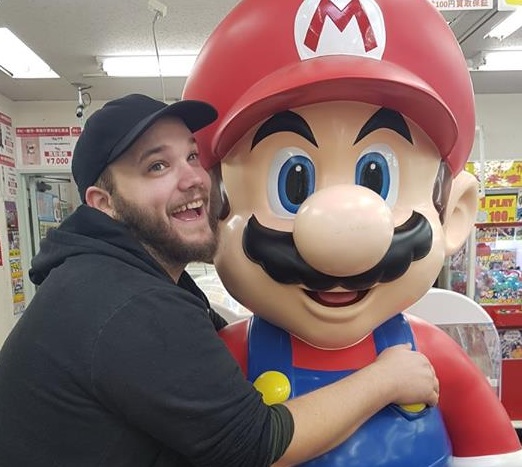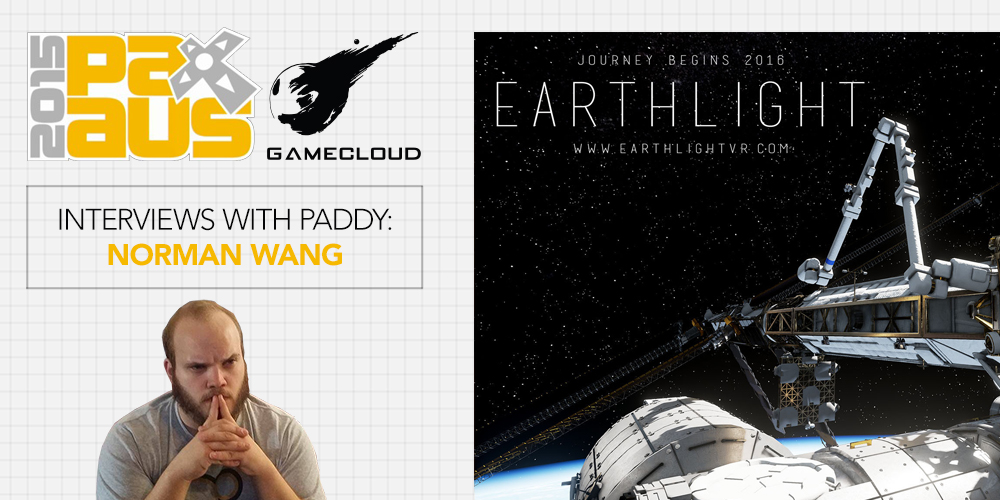
I’m not an especially big space buff, the idea of the final frontier doesn’t give me my jollies except for the potential alien shooting that takes place therein. When I saw Earthlight VR being promoted at PAXAus, however, I was intrigued for two reasons. One, I want there to be more VR space simulators – the more there are, the greater the chance for aforementioned alien shooting but in VR. And two, I wanted to see if it looked as good once the headset was on as it does in the promo shots. While demonstrably barren of xeno-giblets, Earthlight does look pretty fantastic; it’s certainly one of the less disorienting and blurry VR experiences I’ve had to date. That would have to wait, however, because the Earthlight team were hastily running cables through the exhibition area as I arrived. While waiting for them to get setup, project lead Norman Wang explained to me the last minute changes that were being made.
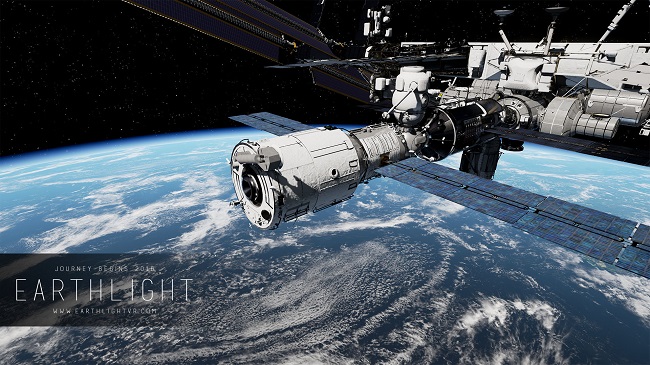
The wired solution allows us to run without the interference from the rest of the convention, giving better movement tracking of the hands, etc. It’s a step up from what we had yesterday because we rely a lot on the delicate hand tracking that the Vive affords and when we have interference like we did yesterday, even the slightest amount, removes that finesse.
So, what can you tell us about Earthlight?
Earthlight is a virtual reality game that’s about making you feel like an astronaut, and to understand what it’s like to be an astronaut. We use virtual reality to transport people into the body of an astronaut; we follow them from training all the way through to deployment at the station; the game happens on Earth as well as in space because our goal is to illustrate the journey as much as the destination. For the demo, what we have is a slice of the experience which puts you on the international space station.
Where did you guys get the inspiration for this game?
Everybody here is a bit of a space enthusiast, we love space, and we haven’t encountered anyone who didn’t want to go to space. That’s our key inspiration, we know that it’s an experience people like the idea of, and we wanted to see what it was like to transport people into space. At the end of the day, out of the seven billion people that are alive right now and the billions that came before them, less than five hundred and fifty people have actually gone to space.
What’s your involvement in the project?
I’m the project lead, and a lot of it is about setting directions about what we’re trying to achieve. There’s also been something of a role that you’d traditionally associate with being a producer such as locking down external dependencies, partners, stuff like that.
You’ve been working with NASA on this to ensure its scientific accuracy as well, right?
That’s right, so NASA’s been providing us with some feedback and support. I think that I have to add that it’s not an endorsement of any kind, they support people who develop applications for anything that supports space exploration.
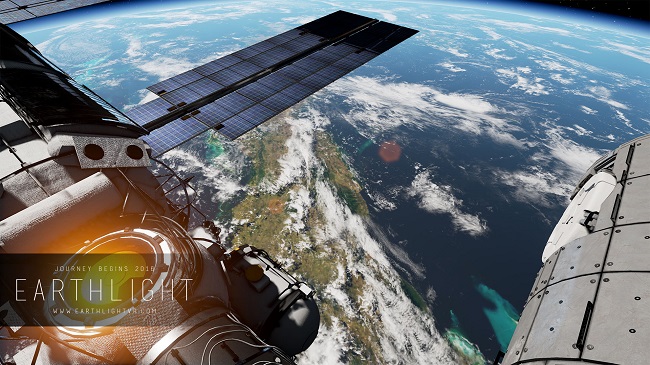
What’s it been like developing with VR?
The most significant challenge is that a lot of people are having trouble with VR, in the sense that when you’re on the ground no one ever gets sick just walking around but you’d get sick walking around in VR. In real life, people get sick flying, especially in space. So, when we’re trying to create an experience that is, in its most accurate form, disorienting and then put it into virtual reality, which already disorients a lot of people. Then add grappling with the design challenge of making it a playable experience in VR, which is the main thing.
What’s your opinion of how VR has changed over the years and was it a big influence on your decision to make this a VR game? Did you just really want to develop a virtual reality game?
We believe in the power of VR, the new opportunities that it affords us, and our goal is to take this technology to its next logical step. We’re not a typical game studio; we have a very strong technical focus, and we develop applications on hardware that’s emergent, and sometimes we help define the cutting edge. We have a direct relationship with people from Epic, people from Google, and we help them create integrations for a lot of the core technologies as well.
And how far along is Earthlight, is it nearly completed?
There’re a lot of different tracks that are happening with Earthlight. Some parts of it are about figuring out the VR design, some parts of it are about creating a mechanism that allows players to traverse around space in a pleasant way, there’s creating assets for the interior and exterior, and we’ve got gameplay that’s in space and gameplay that’s terrestrial. In terms of how far along we are, it depends on which track you’re focusing on and our goal at the moment is to have a rough release window for CES, which is in January. Come CES, I think there’ll be something a lot different than what you’re seeing here today.
What’s been your favorite part of the project?
The part of the project we take a lot of pride in is how intuitive the controlling mechanism is; there’s nothing like “Press A to interact.” Everything requires you using your hand to manipulate in-game objects using the controls.
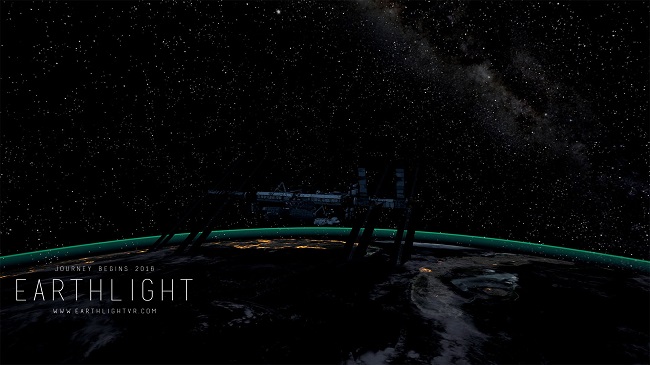
Would you guys ever consider putting in an Armageddon scenario where you have to land on a comet or crash into the Earth? Something like that?
We actually contemplated working on something that– Let’s just say, for example, that you’re on the station, and you have to get back down to Earth. Normally people get up and down via the Soyuz – what if that option’s not available to you? How do you get back down to Earth? We toyed around with a couple of different doomsday scenarios, in a manner of speaking, like “What are the things we can have people do on the station? What are the problems that can arise?” Our goal is to have it be as authentic as possible, so that means there are a lot of limitations like you can’t just jump out and expect to be okay. With that said, it’s also about what’s fun and what’s engaging, so we’re working with people from JPO and NASA to figure out what is something we can do to develop a compelling experience that is authentic and scientifically plausible.
Finally, what’s your favorite game?
The defining game for me, that made me want to work in this industry, is probably Knights of the Old Republic – the first one!

